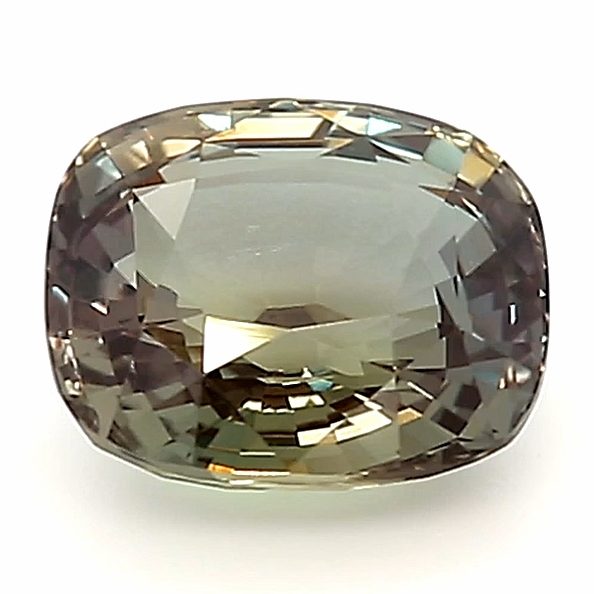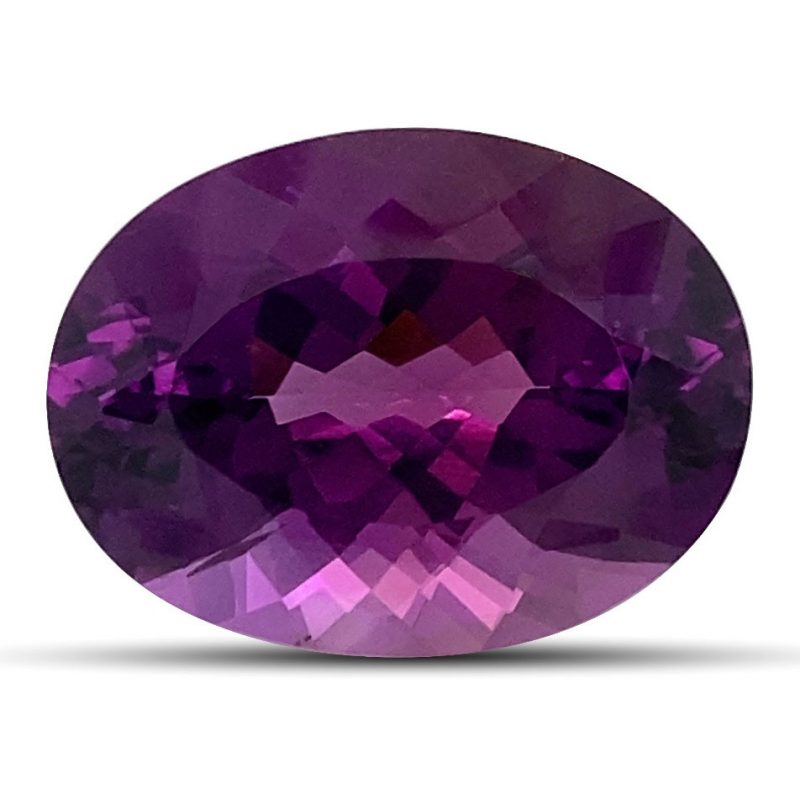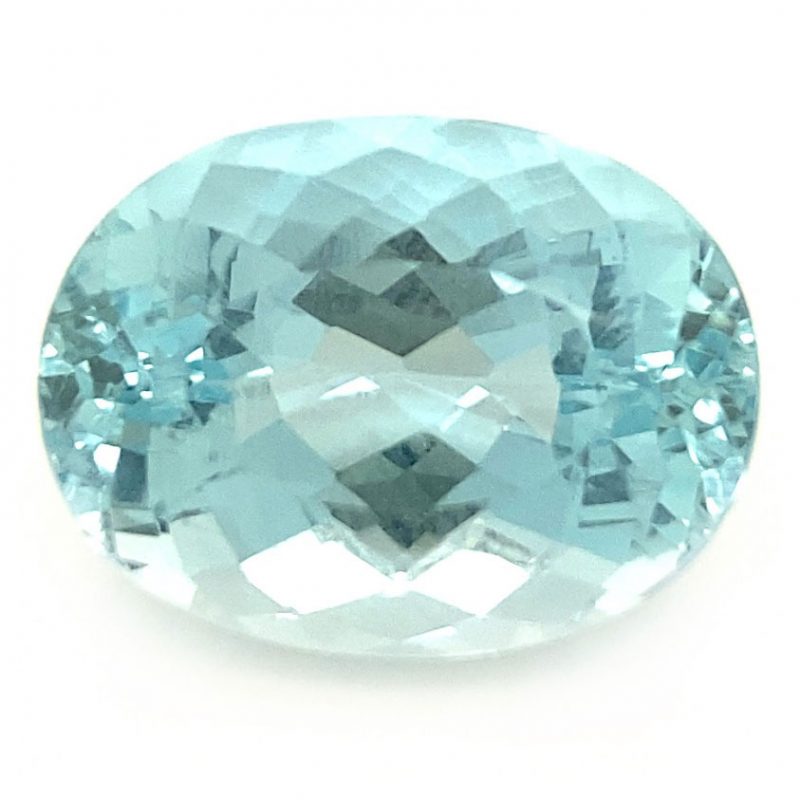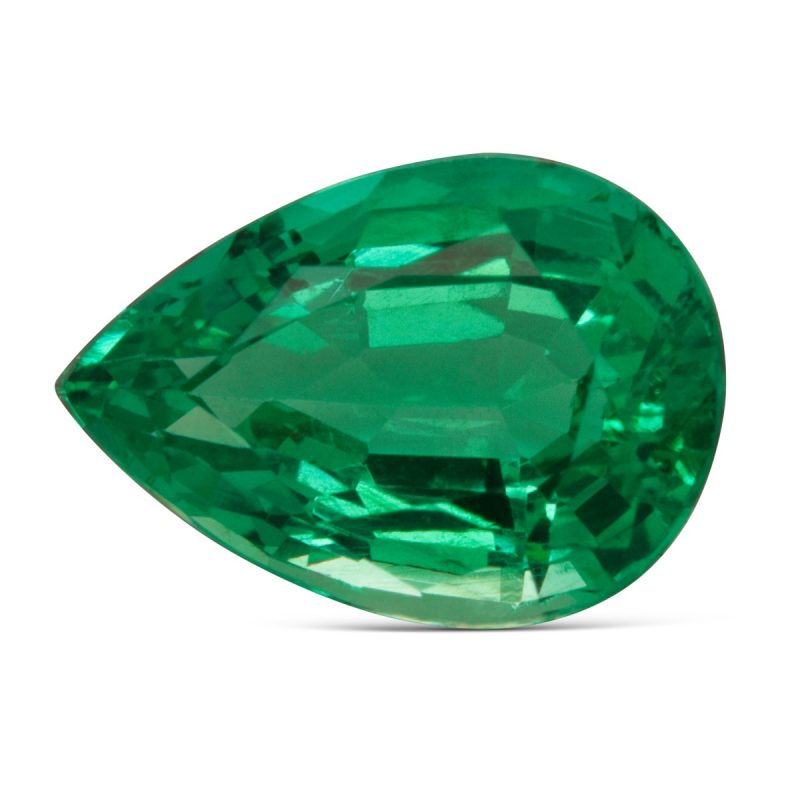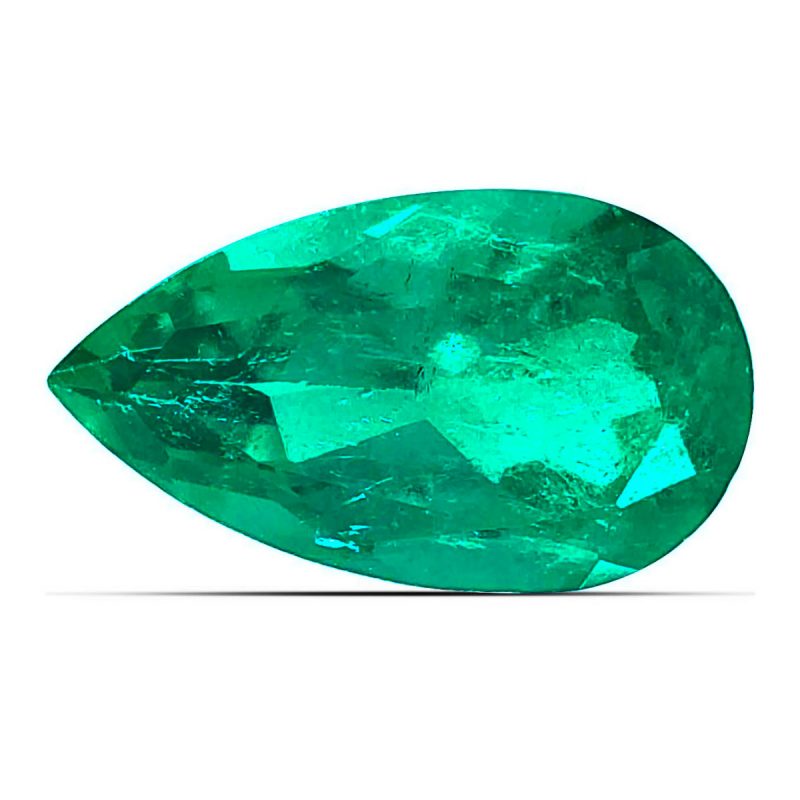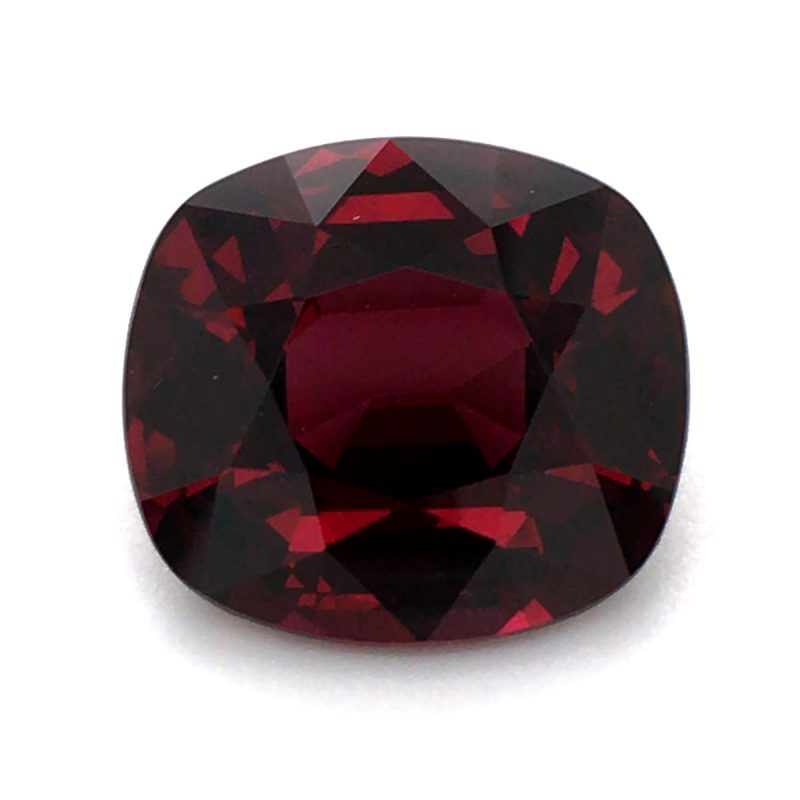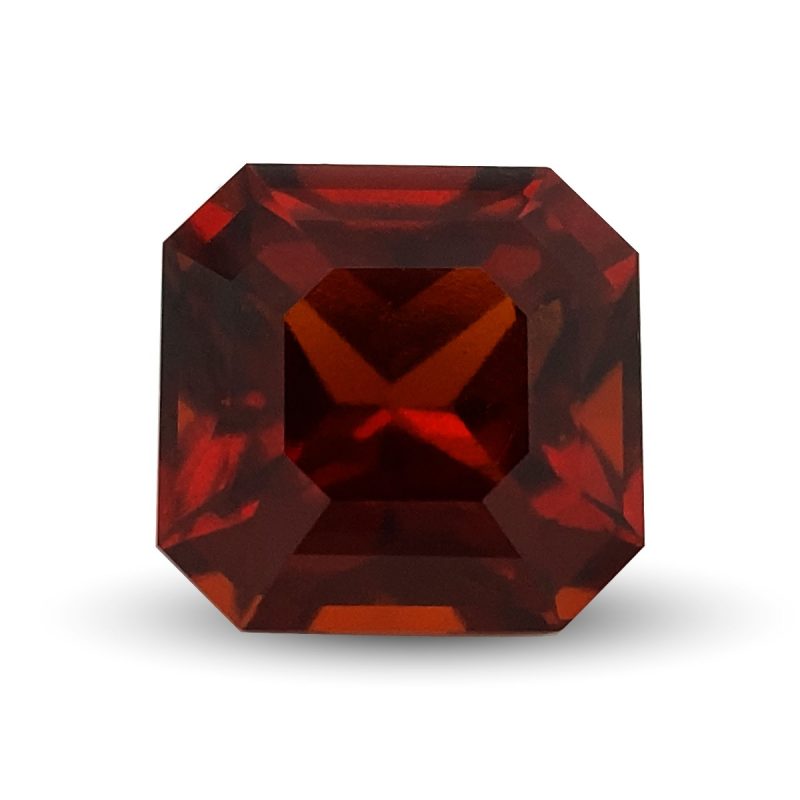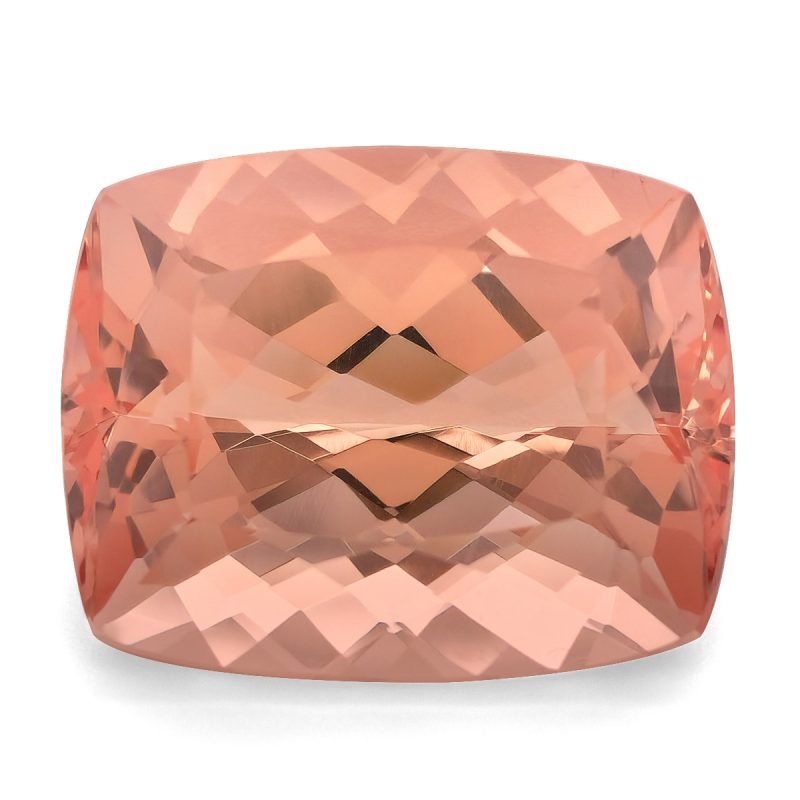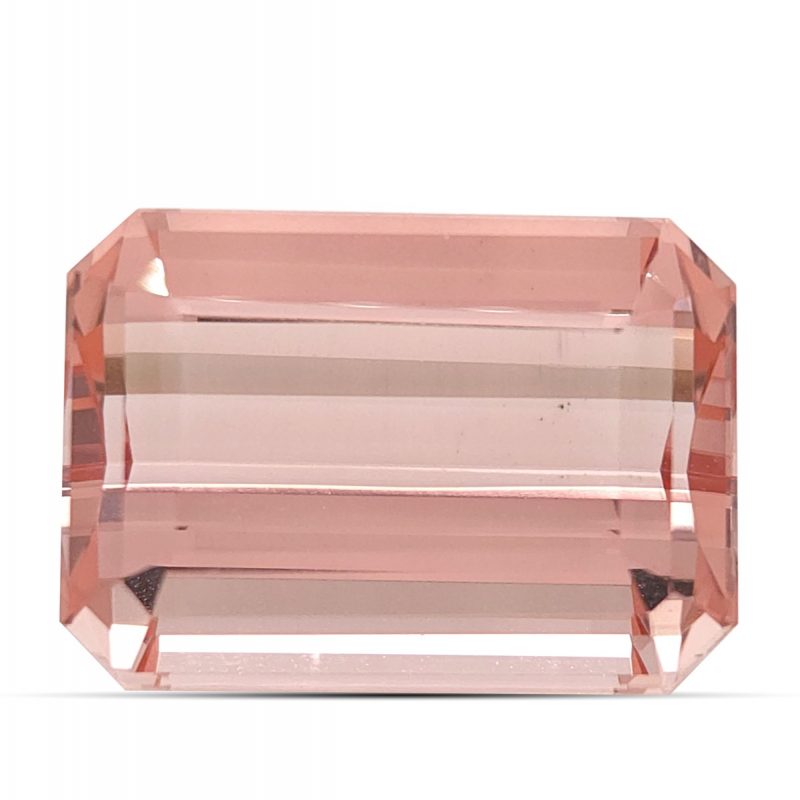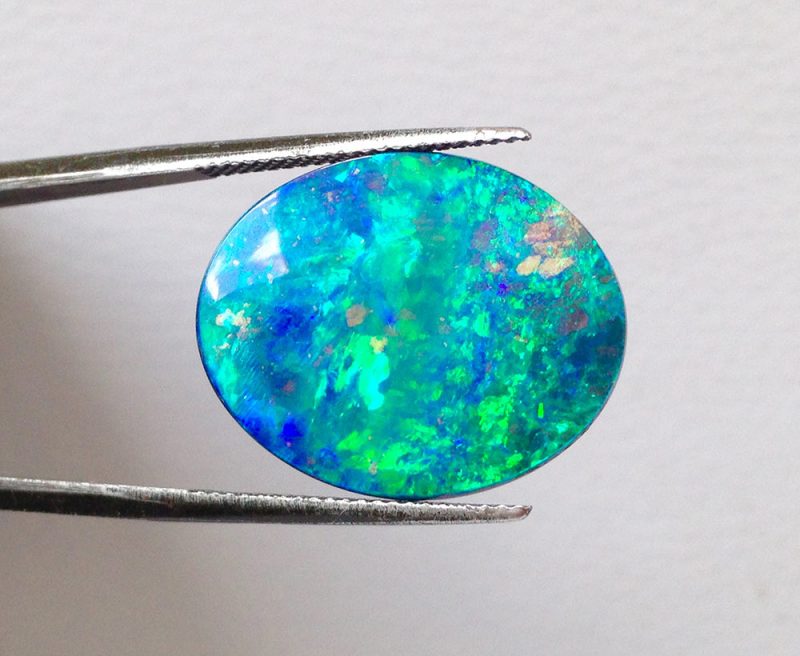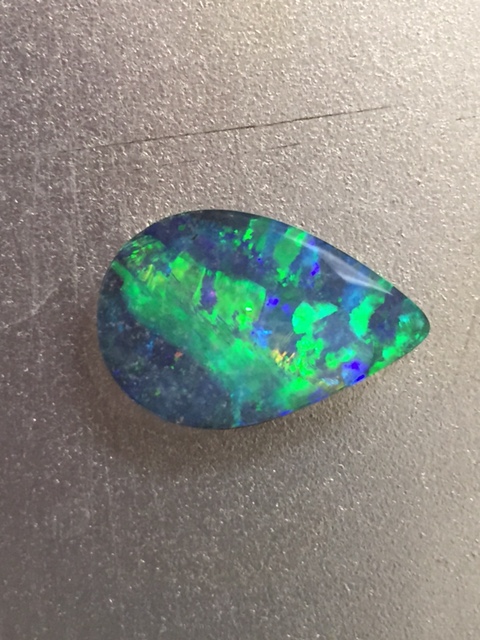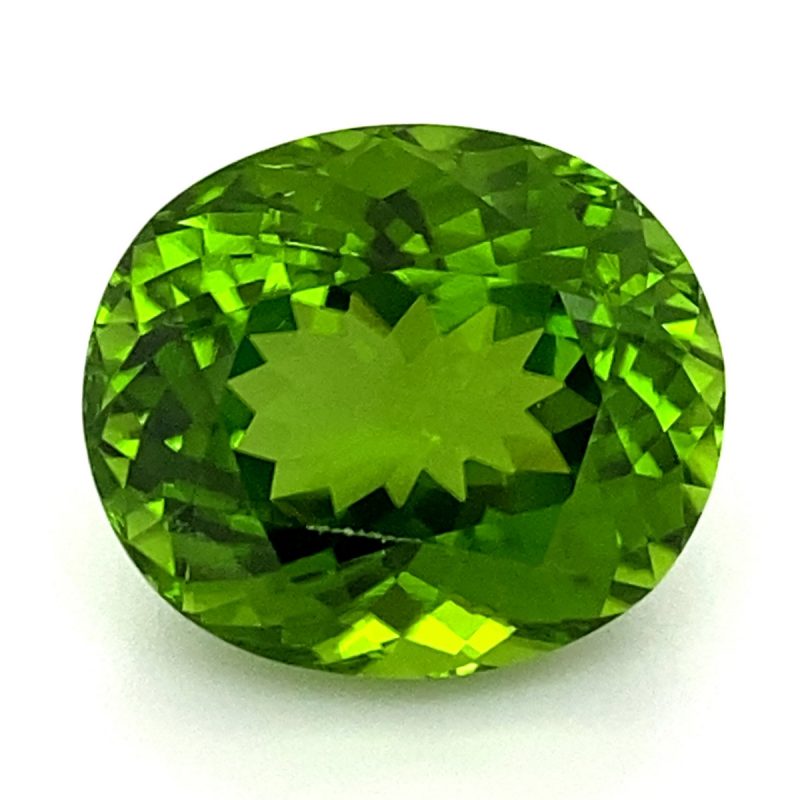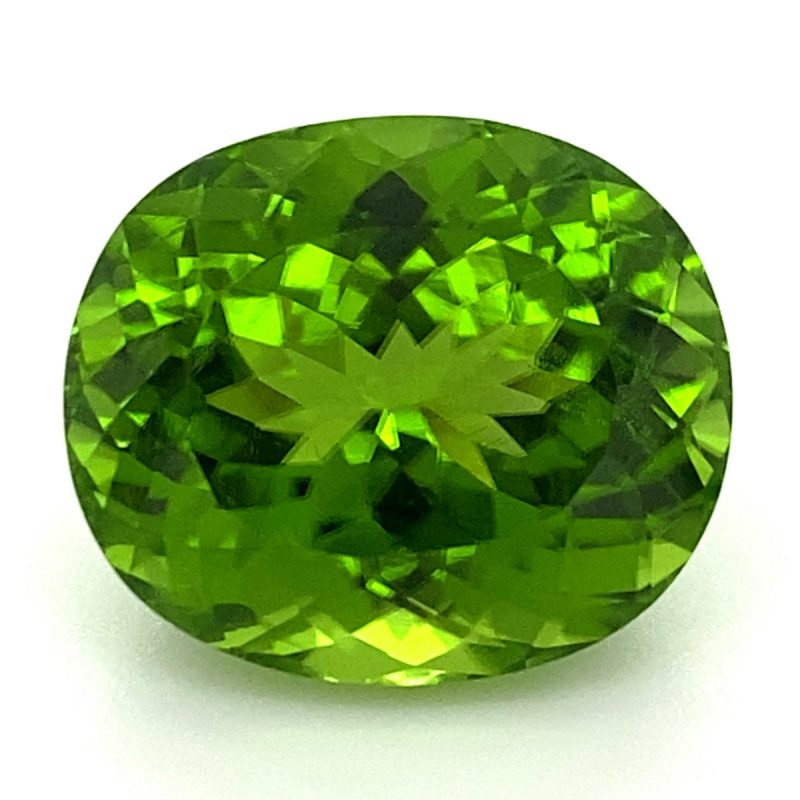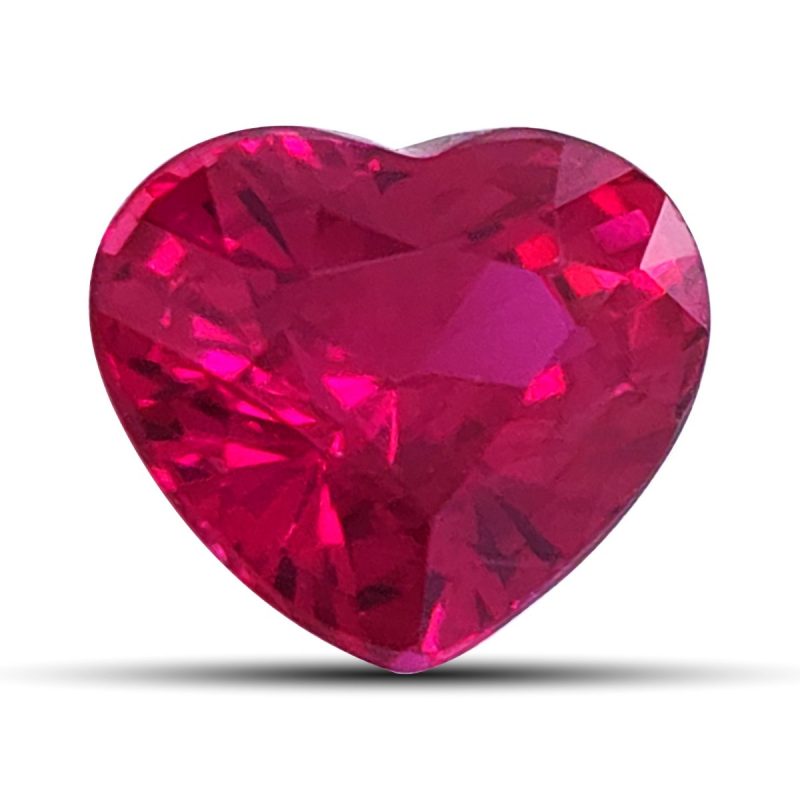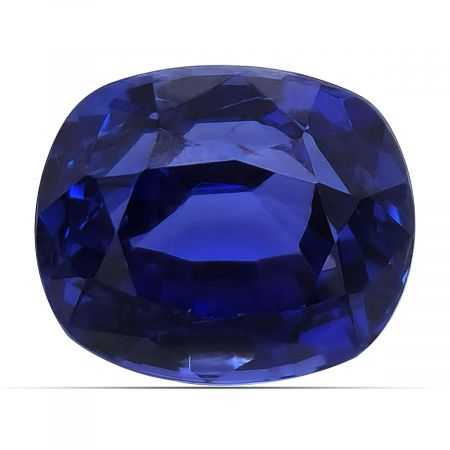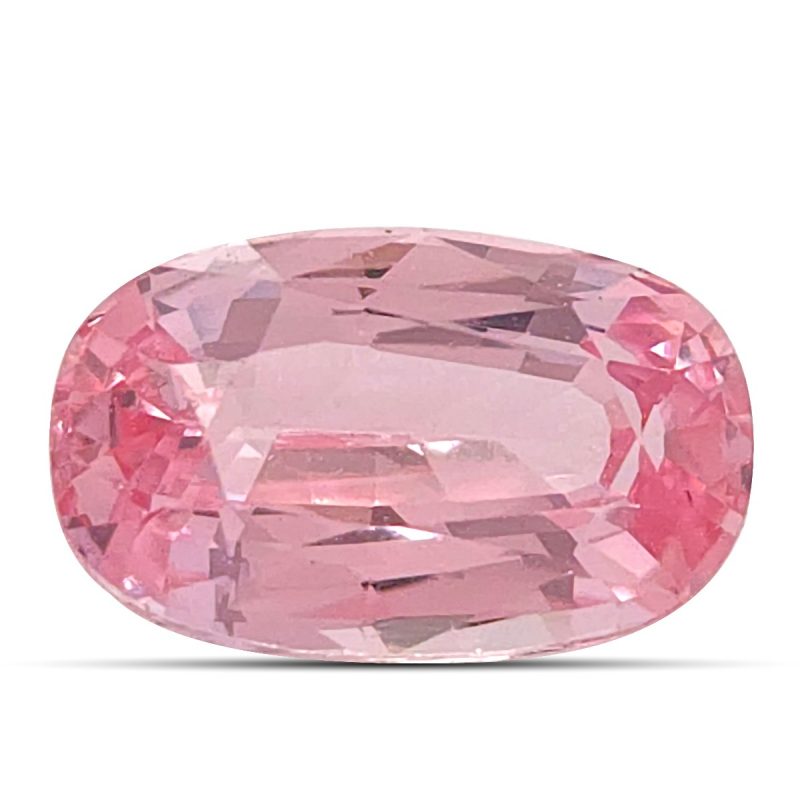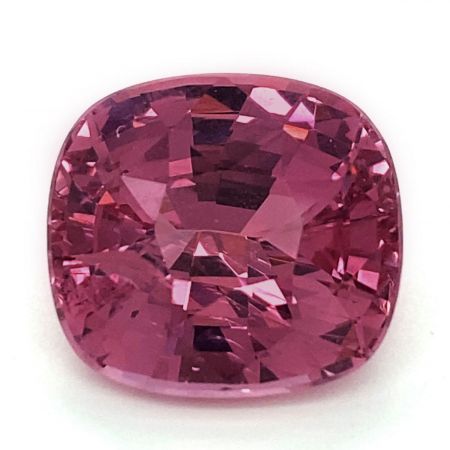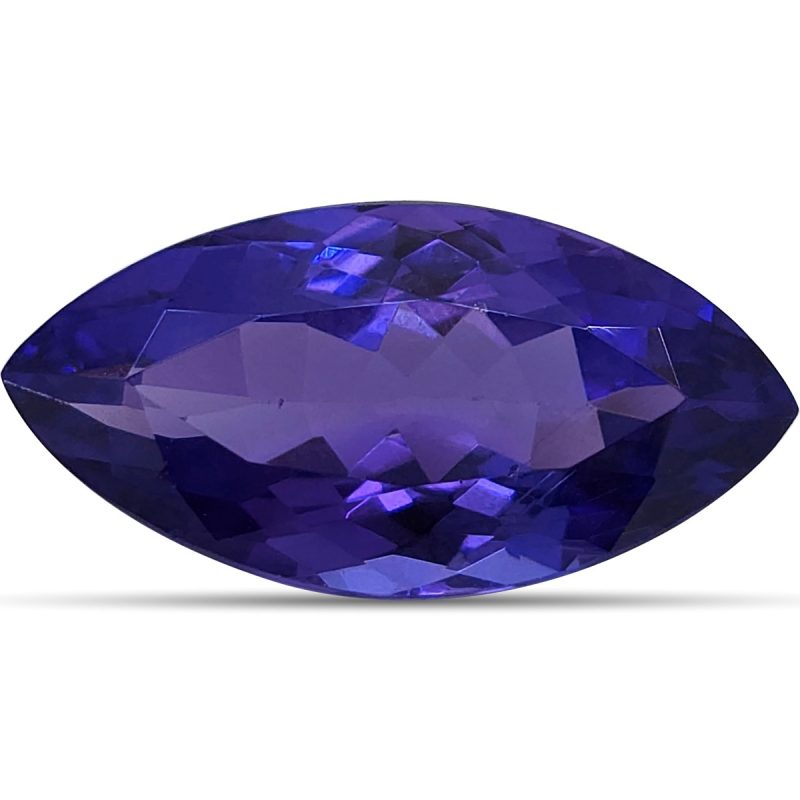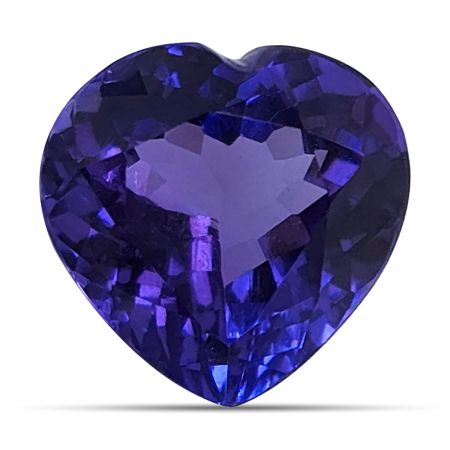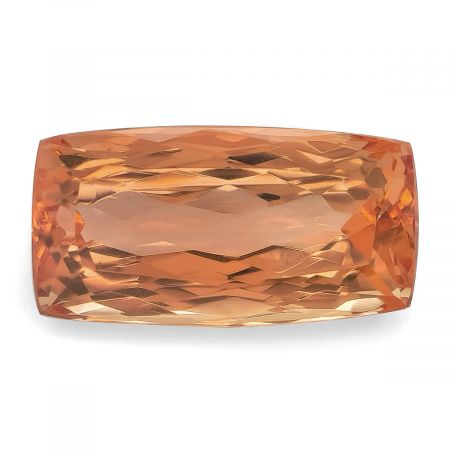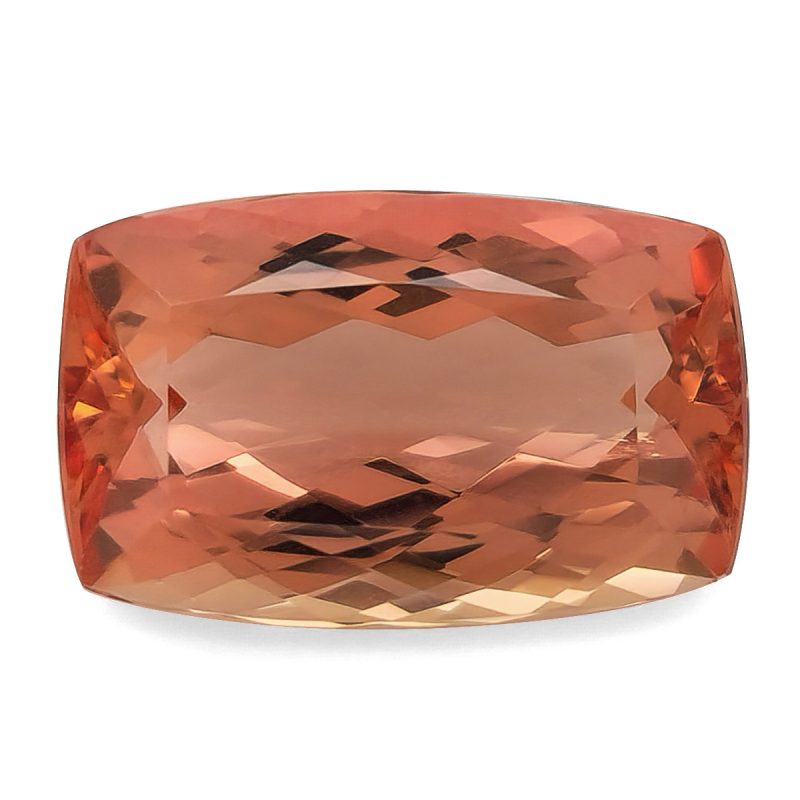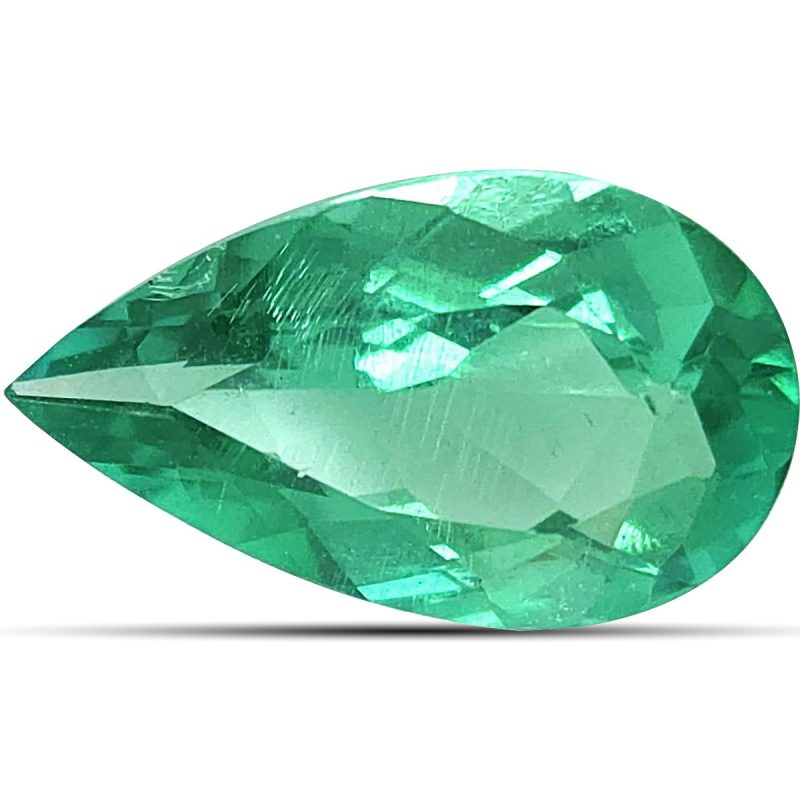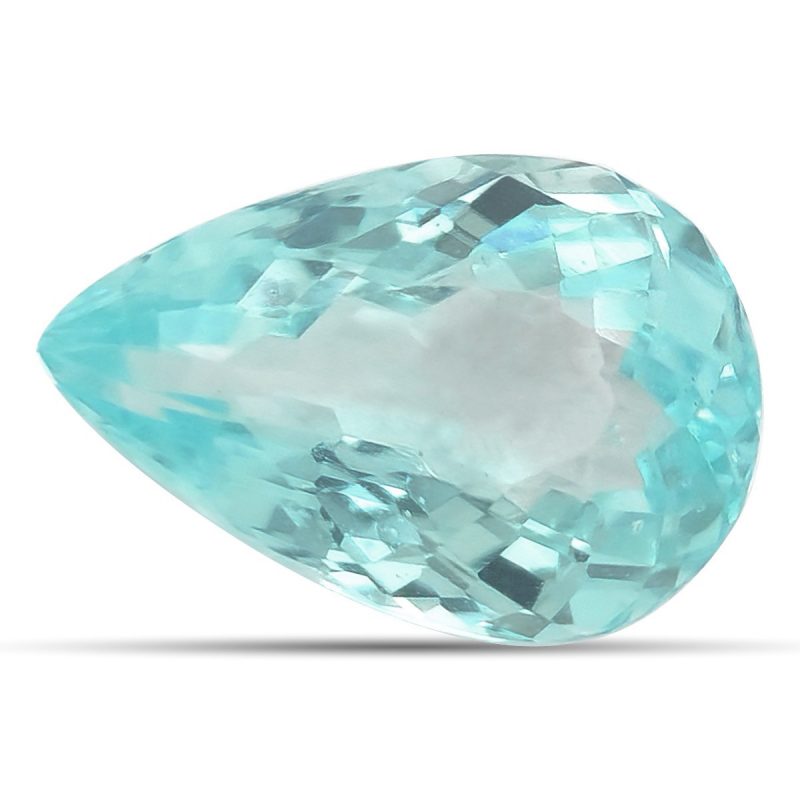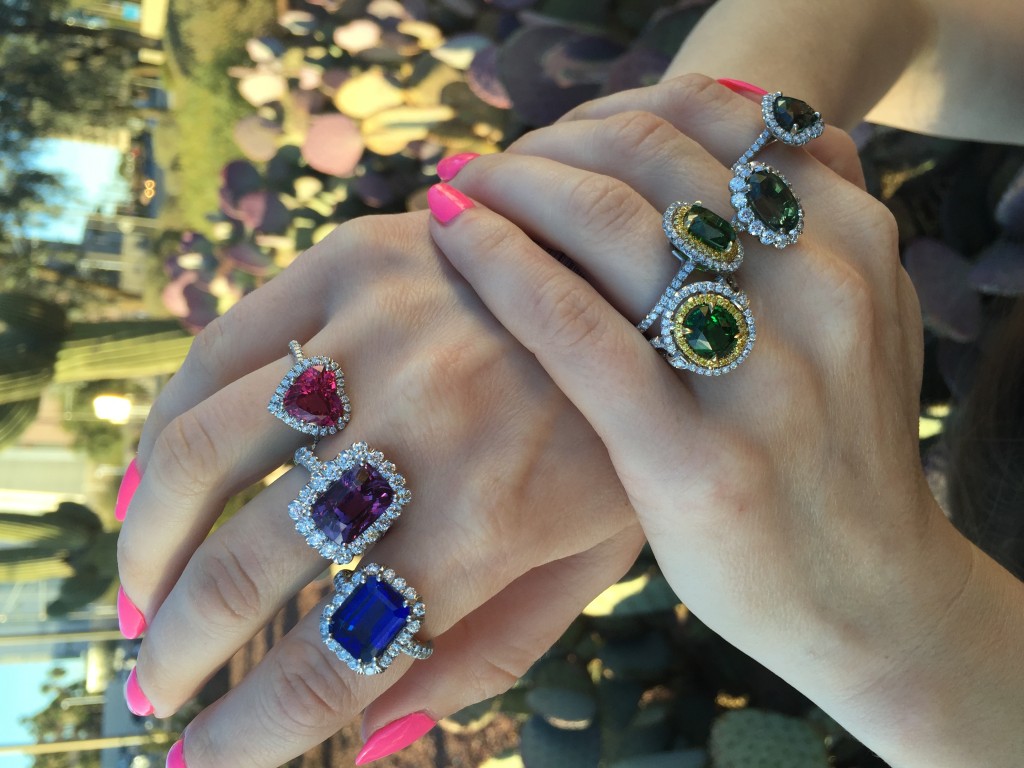


Formed over thousands of years, deep within the earth, natural gemstones truly are a wonder of nature. If you’ve ever looked at the sparkling beauties in your jewelry box and wondered ‘Where do gemstones come from?’ we’ve got the answers for you below!
Rock On: How Gemstones Form
The majority of gemstones are formed in the Earths crust, roughly 3 to 25 miles below its surface. Diamonds, however, originate in the Earth’s mantle, about 125 miles beneath your feet. The only other gem known to form in the mantle is the peridot, which is formed roughly 55 miles below the surface.
Gems are made of minerals which have bonded to create crystal structures. Different conditions create different gemstones and varying amounts and types of ingredients, pressure, heat, space and time are all required. Of the three different types of rocks on earth, each is responsible for creating its own particular gemstones.
Igneous rock is formed either when magma cools and crystallizes beneath the surface of the Earth or when lava flows on the surface. Gemstones found in igneous rock formed below surface are created due to extreme heat and pressure and include garnet, diamond, spinel, tanzanite, tourmaline, topaz and quartz (including amethyst).
Sedimentary rock is created when rock is eroded over time and fragments are transported by wind and water. Eventually they are compressed into gems including opal and zircon.
Metamorphic rock is formed when extreme heat or pressure underground alters existing rocks. Beryl (including emerald, morganite and aquamarine), spinel, ruby, sapphire and zircon are formed this way.
Where is My Favorite Gemstone Mined?
Now we have a basic idea of what forces create gemstones, let’s take a look at where around the world your favorite stone is found. Some are mined on every continent, while others only exist in one particular place.
Alexandrite
Alexandrite was first discovered in Russia in the 19th century and for almost a hundred years this country was the only source of the chameleon-like stone. Today those mines are mostly used up and the majority of Alexandrite is mined in Brazil, Sri Lanka, Myanmar, Zimbabwe and Madagascar.
Amethyst
Amethyst is a violet type of quartz – which is one of the most common minerals on earth – and is found on every continent. However, up until the early 19th century amethyst production was relatively small. The discovery of a large deposit in Brazil changed this and led to amethyst’s demotion from a precious to semiprecious gem. Brazil is still the largest producer, with Zambia second. The mostly depleted mines of Russia produce particularly high quality stones known as Deep Siberian.
Aquamarine
An astonishing 90% of all aquamarine on the market is from Brazil. Smaller deposits are found in Asia and East Africa.
Emerald
Colombia is synonymous with particularly fine examples of this much desired green stone. The South American country produces not just quality material, but quantity too. Around 70% of the world’s production is found there each year. The second largest source of emeralds is Zambia, with the high quality stones from the Kagem mine accounting for roughly 25% of the market.
Garnet
The continent of Europe has been home to some of the most famed garnet mines throughout history. Bohemian garnets, from now defunct mines in today’s Czech Republic, were lauded the world over for their intense scarlet hues. Garnets are mined throughout the world, with the largest mines in Africa, Russia, South America, the US, India and Pakistan. Russia was the first source of bright green demantoid garnets. Spessartite garnets were first found in Namibia, but now most are from Mozambique. Pure green Tsavorite garnets are mined in Tanzania and Kenya.
Morganite
Most of this blush pink variety of beryl is mined in Minas Gerais, Brazil. Afghanistan, the US, Namibia and Mozambique also produce small amounts.
Opal
Famously, Australia is the home of the opal and is estimated to produce up to 95% of the world’s supply. Ethiopia and Mexico are also home to much smaller opal mines.
Peridot
Peridot has an ancient history, with the first stones reportedly being discovered in 1500BC on Topazo Island, near Egypt. Today significant sources include Arizona in the US, Myanmar, Pakistan and Sri Lanka. Some of the finest examples are found in China and Kashmir.
Ruby
The most desired and expensive rubies in the world are those from the famed Mogok mines in Myanmar (the former Burma). Few high quality specimens remain there, however new deposits have been found elsewhere in the country. Thanks to recent discoveries in the last two decades, Mozambique is now the primary source for gem-quality rubies. Tantalizingly, Pakistani Kashmir has enormous untapped ruby reserves.
Sapphire
Significant sapphire deposits are found on every continent. Traditionally, the most desired blue stones have come from Kashmir, Sri Lanka (the former Ceylon) and Myanmar (the former Burma). Most yellow sapphires are from Sri Lanka. Historically, the island country is also responsible for the sunset-colored padparadscha, although new sources have been discovered recently in East Africa and Madagascar. Australia produces the majority of parti-color and teal sapphires.
Spinel
Historically most spinel came from mines in Asia and Afghanistan, but these red versions were often misidentified as rubies. Recently, major finds have been made in Vietnam and East Africa. In 2018 bright blue spinels were discovered in Baffin Island, Canada.
Tanzanite
This stone can only be found in the country it was named after, the east African nation of Tanzania. It was first discovered in the late 1960s and quickly became caused a sensation on the jewelry market due to its beauty and rarity.
Topaz
For two centuries the Brazilian state of Minas Gerais has been the biggest source for the most valuable type of topaz, Imperial Topaz. Historically this color of the gem was only found in Russia and the country is still a leading source of a variety of topaz colors today. Other important sources include Australia, the US, Mexico, Asia and Germany.
Tourmaline
The majority of tourmaline on the market today comes from Brazil and Africa. The US also produces tourmaline and in fact in the 1900s Maine and California were the main source for gem quality stones. By far the most expensive tourmaline on the market today is the spectacular electric swimming pool blue paraiba tourmaline. Originally discovered in Brazil in the 1980s, paraiba tourmalines are now also mined in Mozambique.
What’s Your Favorite?
Whatever your favorite gemstone and wherever it is mined, you can rest assured that at JupiterGem we have a fantastic array for you to choose from. Our experts travel the world to find you the finest gemstones at the best prices. Get in touch and let us match you with your perfect gem.



